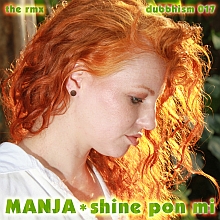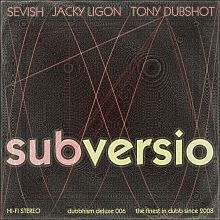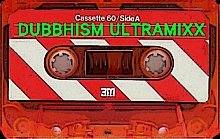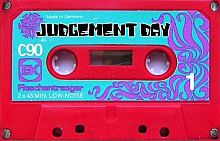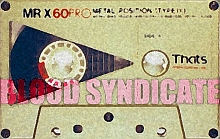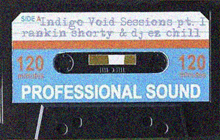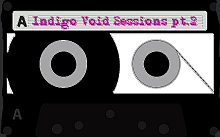Programmer/composer Jacky Ligon has released a new VSTi synth.
"A gift to the xenharmonic and microtonal community, as well as to musicians and composers who are interested in exploring the exciting possibilities of microtuning in their music. It is being offered as freeware and can be downloaded here: Xenharmonic FMTS VSTi v1.0"
I'm not going to try to write an independent review about this synth, because i've done a bit of beta testing for Jacky, so the views i express may not be completely 'fresh'. Having said that i'd suggest you download this synth immediately! Even if you're not interested in microtonal music. Because i think the FMTS is one of the most complete and easy to use FM synths I know. Not only that, it sounds great too. With the detuner and the saturator switched on it sounds fatter & warmer than most other FM vst-synths.
To me one of the great things about the FMTS, actually a step forward in the ease of use of FM in general, is the possibility to choose preset ratio values which are quantized and optimized to 'please the ear'. Not just for microtonal music, but for any type of music. Basically the FMTS allows you to load a simple txt-file which specifies a set of 32 ratio values. These are not unlike the partials or overtones of a sound. Then you have a few different options (sliders, random etc.) to use combinations of these preset ratios.
The result is something you should really try out yourself. Let me just say that these ratio values have been calculated very cleverly and the result is that your sounds will become more harmonic. The reason for this is that psycho-acoustically the simple ratio values like 1, 2, 7, 14 etc. are not completely 'natural' when the value increases. It's just not what the ear is used to - at least when it comes to harmonic sounds. This side effect can make FM sound a little sterile if you design something like a 'sax' or 'piano' sound.
But using the preset ratio values of the FMTS, FM will sound much more natural, just like that. I was amazed when i heard this! And believe me you're not going to find these same values by ear. Quantized ratios are very easy to use because finetuning isn't necessary. And if you want to you can even switch them off.
But let's not forget what this synth is really about: the creation of xenharmonic timbres. The FMTS has many more new tricks up its sleeve for microtonalists, like the 'isoharmonic spacing' function and the possibility to 'roll your own' ratio sets. Also the possibility to save a tuning + timbre is very welcome, although it can be overruled by a 'global' tuning.
Here are some specs related to the microtuning functionality:
• Internally loads and externally receives both MTS (MIDI Tuning Standard) Bulk Dump and Single Note Microtuning Files.
• Operator ratios can easily be set to values that are coincident with the microtuning being used, thereby producing tuning related FM sidebands in the timbre of the instrument.
• Isoharmonic spacing of the operator ratios.
• Precise values may be set for microtonal pitch-bends.
• Arbitrary microtonal period shifting makes it possible to pitch transpose in both octave and non-octave increments.
Keep an eye on the Xen-Arts website because Mr. Ligon is just getting warm. More microtonal tools are being developed as we speak. But for now the FMTS should be enough to keep all FM-fans and microtonalists busy. There are lots of new sounds to be synthesized, lots of new sonic experiments to be performed.





